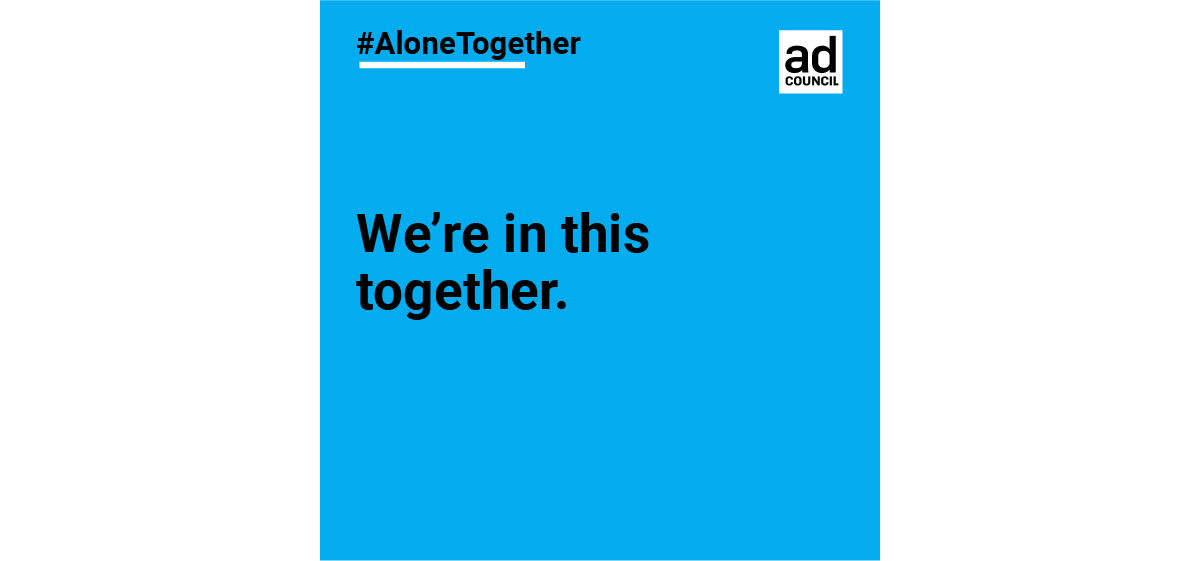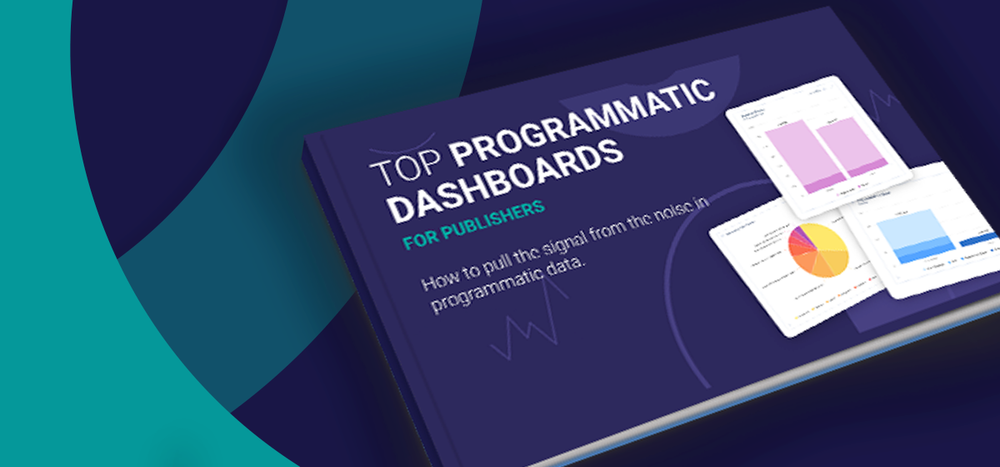Picture this, publishers. Your inventory has been sold to an advertiser or brand, but after the campaign is live, the ad unit displays a creative from a verification company instead. How did this happen, you might ask, and why? A number of possibilities might play out in your head, but what you’re seeing is a widespread practice within the industry. Let us dive into these creatives and learn how publishers can take more control of the ad experience with passbacks.
Blocking Creatives and How They Appear
Creatives from companies such as DoubleVerify appear as a failsafe when post-bid suitability, fraud, or geography issues are identified. For example, if the advertiser who purchased the space works with a verification vendor, and the impression does not align with the brand’s suitability settings, the vendor will prevent the ad from being shown. Then, an alternative creative will serve in its place to protect the brand from serving ads on a mismatched impression. Despite these last-minute compatibility issues, publishers are compensated for the impression in programmatic environments because it’s already been bought.
| Programmatic Passbacks | Direct-Sold Passbacks |
|---|---|
|
|
DV’s Collaboration with The Advertising Council
Here at DV, we approach our blocking creatives in a way that is beneficial for publisher audiences while not being intrusive to publishers themselves. We even had the opportunity to use this process to contribute to the public good, both on and offline. During the COVID-19 pandemic, DV partnered with the Ad Council to serve new creatives that drove global internet users to the official coronavirus website for important news and updates about the worldwide crisis.

DV continues to support the Ad Council’s initiatives to this day. We review their blocking creatives with them on a quarterly basis and ensure that their assets are in compliance with any relevant standards and restrictions. Also, in 2022 alone, our partnership resulted in 25 billion donated display impressions worth an estimated $62.5 million.
Other Examples of DV Blocking Creatives

These are two examples of our default creatives, which may appear if a DSP or publisher doesn’t have their own blocking creatives in place. The first is an unbranded white and gray design. The second is our clickable “Path to Success” creative. This links to a simple and straightforward rundown of ad blocking that helps build understanding among users who might not know about the process, or why they’re seeing that image in the first place.
Rather than seeing DV blocking creatives, publishers may want to run their own creatives instead. If that’s the case, then publishers need to take a few things into consideration.
How Publishers Can Set Up Passbacks for Direct-Sold Campaigns
Passbacks are an effective way for publishers to control delivery during the post-bid process for direct-sold inventory. Passbacks ensure that the inventory is returned (or “passed back”) to the publisher’s ad server, which then determines what other campaigns might deliver in its place. Passbacks help publishers secure a valuable impression on the creative of your choosing, limiting inventory waste.
Publishers should consider setting up passbacks with all verification vendors for their direct-sold campaigns. This involves identifying the campaigns and creatives you want to show in place of the blocked ad and providing assets and URLs for each display ad size. For more detailed information about creative requirements and other questions, publishers can reach out to [email protected] to speak with a DV team member on the topic.
Serving House Ads or PSAs in Unmonetized Space
If monetization isn’t possible, passbacks can be used to fill ad space in a way that still provides value. Publishers can use unmonetized impressions to serve house ads that promote anything that might be a company priority at the time. For instance, the right asset could entice users with a limited-time subscription package, or raise awareness about a new site feature. Some publishers even use their passback space in order to spread important PSAs or share charitable causes that emphasize their corporate values.
No matter how the space is used, it is the publisher’s responsibility to ensure that they are correctly set up and compliant with delivery guidelines. Also, verification vendors like DoubleVerify can step in and help provide assets that are right for every publisher. This can be anything from an ad tag from their ad server, a served image with a click-through URL, or even a 3PAS tag from a PSA partner.
Taking full advantage of passbacks may seem like a tall order. But with a little work up front, and an investment in in-house creatives, you can make it happen. Plus, these passbacks can offer a return on investment that goes much deeper than dollars and cents. They can help publishers drive subscriptions, support causes, sell merchandise and more. The possibilities are endless.
To hear more about what DV and its publisher team is doing to improve passback functionality and control, email [email protected] with any questions. If you’d like to learn more about DVPS, schedule a demo with us today!






